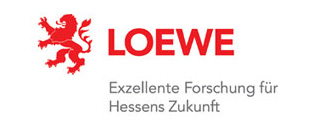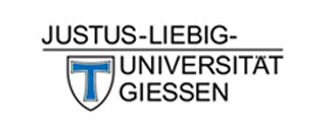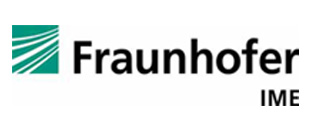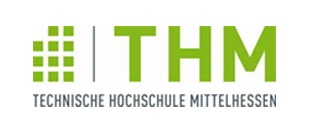Pests and vector insect control

Research motivation
Insect pests are responsible for up to 30 % of the worlds` total crop loss, with an estimated economic damage exceeding €500 billion annually. This threat is expected to increase with climatic changes, increased travel activities and globalized trade as key factors promoting the dispersal of invasive pests. Plant protection is an arms race since insect pests are becoming rapidly resistant against insecticides. In addition, continued regulatory restriction of available compounds on the market, is diminishing grower options to prevent crop damage caused by insects. Our mission is to develop new and environmentally friendly strategies for plant protection.
Offering solutions
We are providing contract research and strategical collaborations to address the urgent need of alternative and made-to-measure tools in plant protection. Below is a non-exhaustive list of solutions we are offering.
High-throughput screening:
The Fraunhofer IME-BR has established various high-throughput insect screening systems for identifying new compounds and gene targets with biological activities. Insects can be reared in big numbers with little effort, they exhibit generally short generation cycles allowing large and cost-effective investigations. In our portfolio we offer screening in different insect model systems like the beetle Tribolium castaneum or Acyrthosiphon pisum to obtain active candidates. These candidates are subsequently validated in the appropriate insect pest species. We also use severe agricultural pests like the Myzus persicae, the moth Spodoptera frugiperda, the fly Drosophila suzukii or the beetle Diabrotica virgifera virgiferaThe testing of the bioactivity of natural product samples is achieved through monitoring of different life-history parameters like mortality, movement activity, growth inhibition, fecundity or fertility. We are also capable of analyzing potential impacts on beneficial insects like pollinators such as the western honeybee Apis mellifera .
Microbial strain collection:
The Fraunhofer IME-BR hosts and curates a strain collection library consisting of insect pathogens such as bacteria, fungi and viruses. The Fraunhofer IME-BR has extensive laboratory infrastructure and state-of-the-art technology to enlarge the collection. Novel candidates of insect associated microbes are isolated, identified, and further tested for their insecticidal properties. The strain collection is an in-house source for establishing and standardizing culture conditions, extract libraries, analytics and dereplication, ‘-Omics’ approaches, development of down- and upstream processes and are finally subjected to rigorous bioassay testing. Knowledge based analysis of the results is completing the profile of the Fraunhofer IME-BR.
RNAi - a novel approach:
RNAi is a natural mechanism in eukaryotic cells triggered by double-stranded RNA (dsRNA) that is considered to be a specific and safe alternative for pest control. This post-transcriptional gene silencing mechanism disrupts the expression of essential genes in a sequence specific manner. Innovative modes of application are currently developed for different pest targets. The Fraunhofer IME-BR has the expertise to develop RNAi in plant protection proven by several key publications, patents and fruitful collaborations with leading companies from the agro field.
Contact

Dr. Kwang-Zin Lee
Head of Department Pests and vector insect control
Fraunhofer Institute for Molecular Biology and Applied Ecology IME
Ohlebergsweg 12
35392 Gießen
+49 641 972-19150
kwang-zin.lee@ime.fraunhofer.de

Dr. Eileen Knorr
Deputy Head of Department Pests and vector insect control
Fraunhofer Institute for Molecular Biology and Applied Ecology IME
Ohlebergsweg 12
35392 Gießen
+49 641 972-19160
eileen.knorr@ime.fraunhofer.de

Dr. Kornelia Hardes
Deputy Head of Department Pests and vector insect control
Fraunhofer Institute for Molecular Biology and Applied Ecology IME
Ohlebergsweg 12
35392 Gießen
+49 641 972-19226
kornelia.hardes@ime.fraunhofer.de





